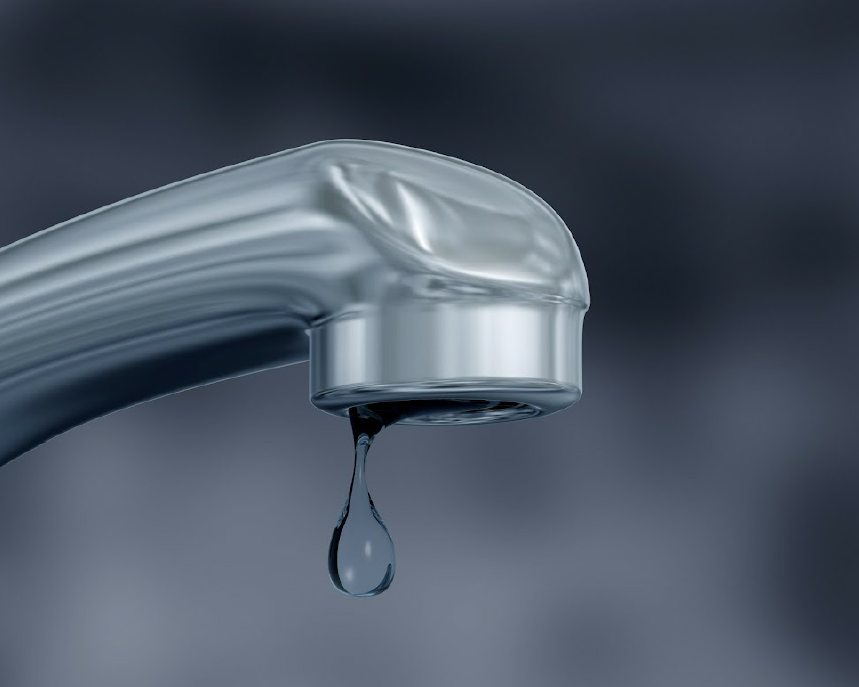Overview To Water Leak Detection In The House
Overview To Water Leak Detection In The House
Blog Article
We've stumbled upon this article on Hacks to detect leaks down the page on the internet and think it made good sense to discuss it with you over here.

Early detection of leaking water lines can alleviate a potential catastrophe. Some little water leakages may not be visible.
1. Examine the Water Meter
Every home has a water meter. Examining it is a surefire way that helps you discover leaks. For starters, shut off all the water resources. Make certain no one will purge, use the faucet, shower, run the cleaning equipment or dishwashing machine. From there, go to the meter and watch if it will certainly transform. Since no one is utilizing it, there ought to be no activities. If it relocates, that indicates a fast-moving leakage. Likewise, if you discover no changes, wait a hr or 2 and also check back once again. This suggests you might have a slow-moving leakage that can even be below ground.
2. Check Water Consumption
Evaluate your water bills and track your water intake. As the one paying it, you should see if there are any disparities. If you identify sudden changes, in spite of your consumption being the same, it means that you have leakages in your plumbing system. Bear in mind, your water costs ought to fall under the exact same range on a monthly basis. An abrupt spike in your costs shows a fast-moving leak.
Meanwhile, a steady increase monthly, even with the exact same behaviors, reveals you have a sluggish leakage that's likewise gradually escalating. Call a plumber to completely check your residential or commercial property, specifically if you feel a warm area on your flooring with piping beneath.
3. Do a Food Coloring Test
When it comes to water usage, 30% comes from bathrooms. If the color in some way infiltrates your bowl during that time without flushing, there's a leak between the storage tank as well as dish.
4. Asses Outside Lines
Don't fail to remember to inspect your outside water lines also. Must water leak out of the connection, you have a loose rubber gasket. One tiny leak can throw away loads of water and also spike your water bill.
5. Examine the scenario and also check
Homeowners ought to make it a behavior to examine under the sink counters and also also inside closets for any bad odor or mold and mildew development. These 2 warnings show a leakage so timely interest is called for. Doing routine evaluations, even bi-annually, can save you from a significant trouble.
More importantly, if you recognize your residence is currently old, keep a watchful eye on your heating units, hoses, pipes and so on. Look for stainings and also deteriorating as the majority of home appliances as well as pipelines have a life expectancy. They will also naturally weaken due to wear and tear. Do not wait for it to escalate if you suspect dripping water lines in your plumbing system. Call an expert plumber as soon as possible so you do not end up with a dreadful mess in your house.
Early discovery of leaking water lines can minimize a potential calamity. Some tiny water leakages may not be noticeable. Examining it is a guaranteed means that assists you uncover leaks. One little leak can lose tons of water as well as spike your water costs.
If you think dripping water lines in your plumbing system, don't wait for it to rise.
WARNING SIGNS OF WATER LEAKAGE BEHIND THE WALL
PERSISTENT MUSTY ODORS
As water slowly drips from a leaky pipe inside the wall, flooring and sheetrock stay damp and develop an odor similar to wet cardboard. It generates a musty smell that can help you find hidden leaks.
MOLD IN UNUSUAL AREAS
Mold usually grows in wet areas like kitchens, baths and laundry rooms. If you spot the stuff on walls or baseboards in other rooms of the house, it’s a good indicator of undetected water leaks.
STAINS THAT GROW
When mold thrives around a leaky pipe, it sometimes takes hold on the inside surface of the affected wall. A growing stain on otherwise clean sheetrock is often your sign of a hidden plumbing problem.
PEELING OR BUBBLING WALLPAPER / PAINT
This clue is easy to miss in rooms that don’t get much use. When you see wallpaper separating along seams or paint bubbling or flaking off the wall, blame sheetrock that stays wet because of an undetected leak.
BUCKLED CEILINGS AND STAINED FLOORS
If ceilings or floors in bathrooms, kitchens or laundry areas develop structural problems, don’t rule out constant damp inside the walls. Wet sheetrock can affect adjacent framing, flooring and ceilings.
https://www.servicemasterbyzaba.com/blog/how-to-detect-water-leakage-in-walls/

I was shown that write-up on Finding hidden leaks from a good friend on a different website. Loved our article? Please share it. Help others find it. Thank you for your time. Visit us again soon.
Report this page